Seagrass as a Natural Fortress: Coastal Protection from Erosion and Waves
By. Tri - 22 Apr 2025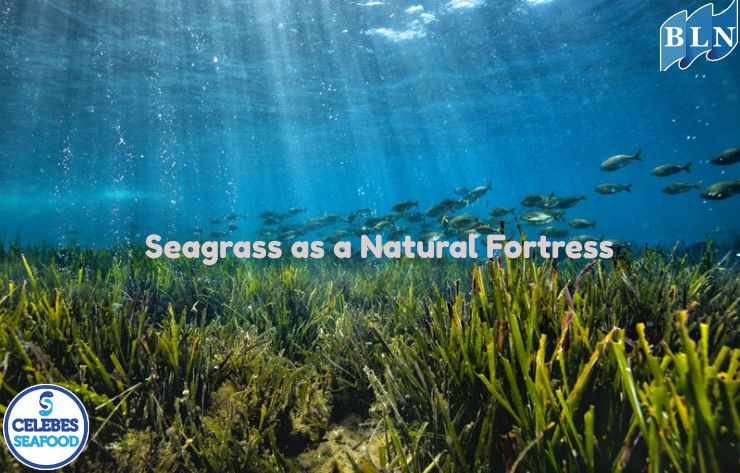
lautnusantara.com_ Beautiful coastlines often serve as a major attraction for human life and activities. However, this beauty is vulnerable to natural threats such as erosion and strong wave impacts, especially amidst increasingly apparent climate change. In the face of this challenge, a marine ecosystem often overlooked holds extraordinary power as a natural protector: seagrass meadows.
Seagrass, flowering plants that live entirely underwater in the sea, are more than just green expanses beneath the surface. Their dense roots and rhizomes form a strong underground network, much like a solid foundation. This network effectively binds the seabed sediment, preventing it from being eroded by currents and waves. Like a tightly woven natural carpet, seagrass meadows stabilize coastlines, reducing the risk of land loss due to abrasion that plagues many coastal areas.
More than just a physical barrier, the lush leaves of seagrass also play a crucial role in damping wave energy. When waves crash into seagrass beds, the density of the leaves breaks down the force of the waves before they reach the shoreline. The effect is like a natural buffer that significantly reduces wave height and energy. Imagine how important this function is, especially during storms or high waves that can destroy infrastructure and settlements along the coast.
The protection offered by seagrass is not only physical but also economic and ecological. By reducing erosion, seagrass indirectly protects infrastructure investments in coastal areas such as roads, buildings, and other public facilities. Furthermore, the presence of healthy seagrass meadows supports marine biodiversity. This ecosystem becomes a habitat for various types of fish, crustaceans, mollusks, and other marine life, which in turn supports fisheries and the livelihoods of coastal communities.
Unfortunately, seagrass ecosystems in various parts of the world face serious threats due to human activities. Land conversion for development, pollution from land and sea, and destructive fishing practices are major factors in the degradation of seagrass meadows. The loss of this vital ecosystem not only eliminates its natural protective function but also threatens biodiversity and the livelihoods of coastal communities.
Therefore, awareness of the vital role of seagrass as a natural fortress protecting coastlines needs to be increased. Conservation and restoration efforts for seagrass meadows must be a priority in sustainable coastal zone management. Measures such as wise spatial planning, pollution control, responsible fishing practices, and the rehabilitation of damaged seagrass areas are key to ensuring that these protective benefits can continue to be enjoyed by present and future generations.
By understanding and appreciating the ecological functions of seagrass, we not only protect vulnerable coastlines but also maintain the balance of the marine ecosystem as a whole. Seagrass is an invaluable natural investment in facing the challenges of climate change and maintaining the sustainability of our coastal regions. Let us work together to protect this "natural fortress" for a safer and more prosperous future for our seas and coasts, If you are interested in our product SLIPPER LOBSTER WHOLE ROUND, SLIPPER LOBSTER MEAT, Coral Trout Fillet Skin On,OCTOPUS WHOLE CLEANED FLOWER TYPE please do not hesitate to contact us through email and/or whatsapp.

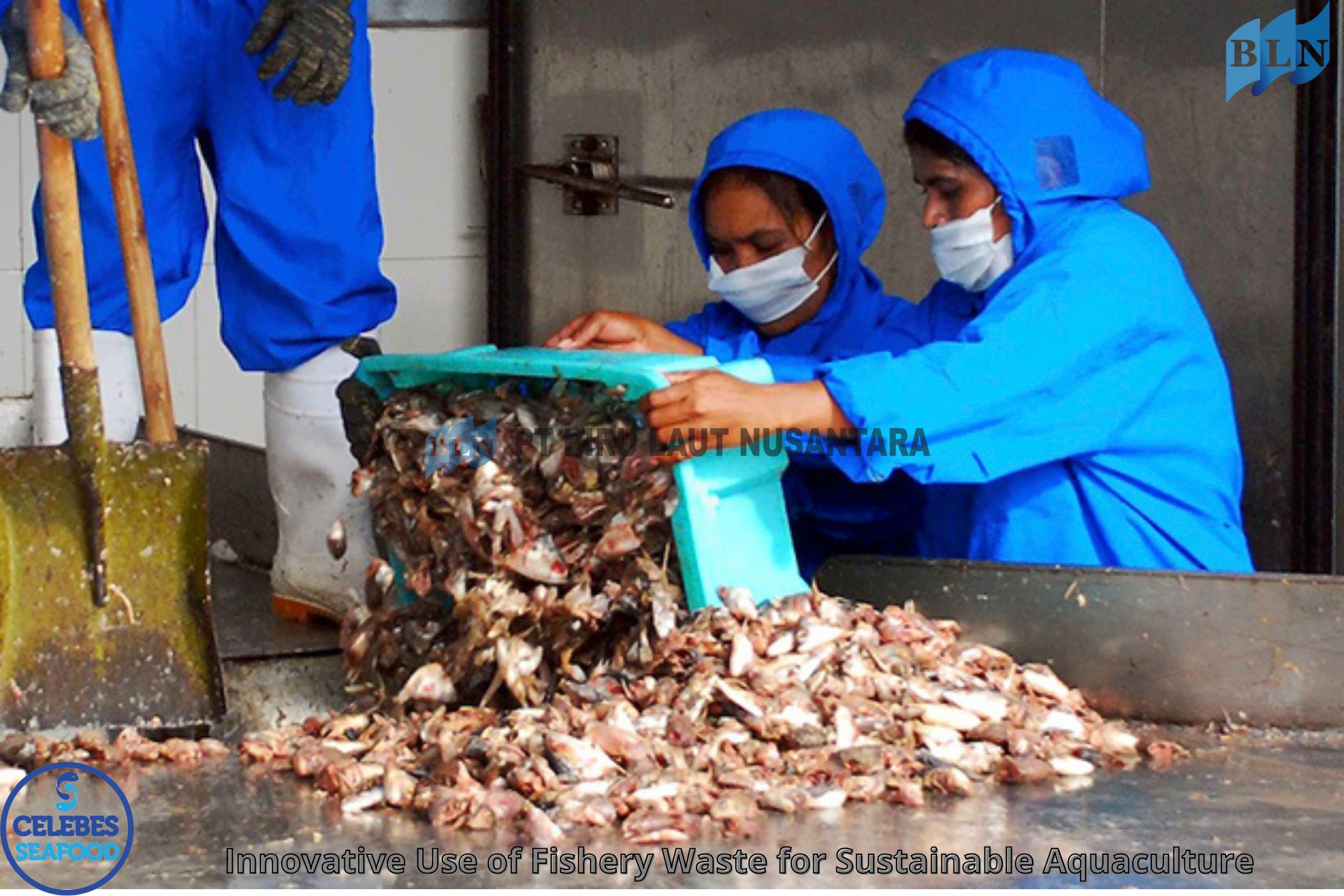
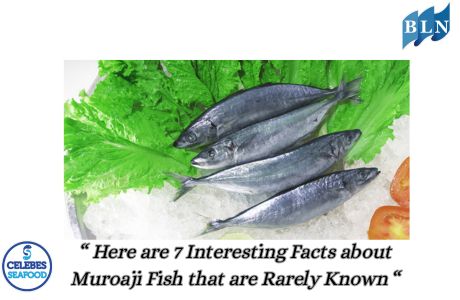
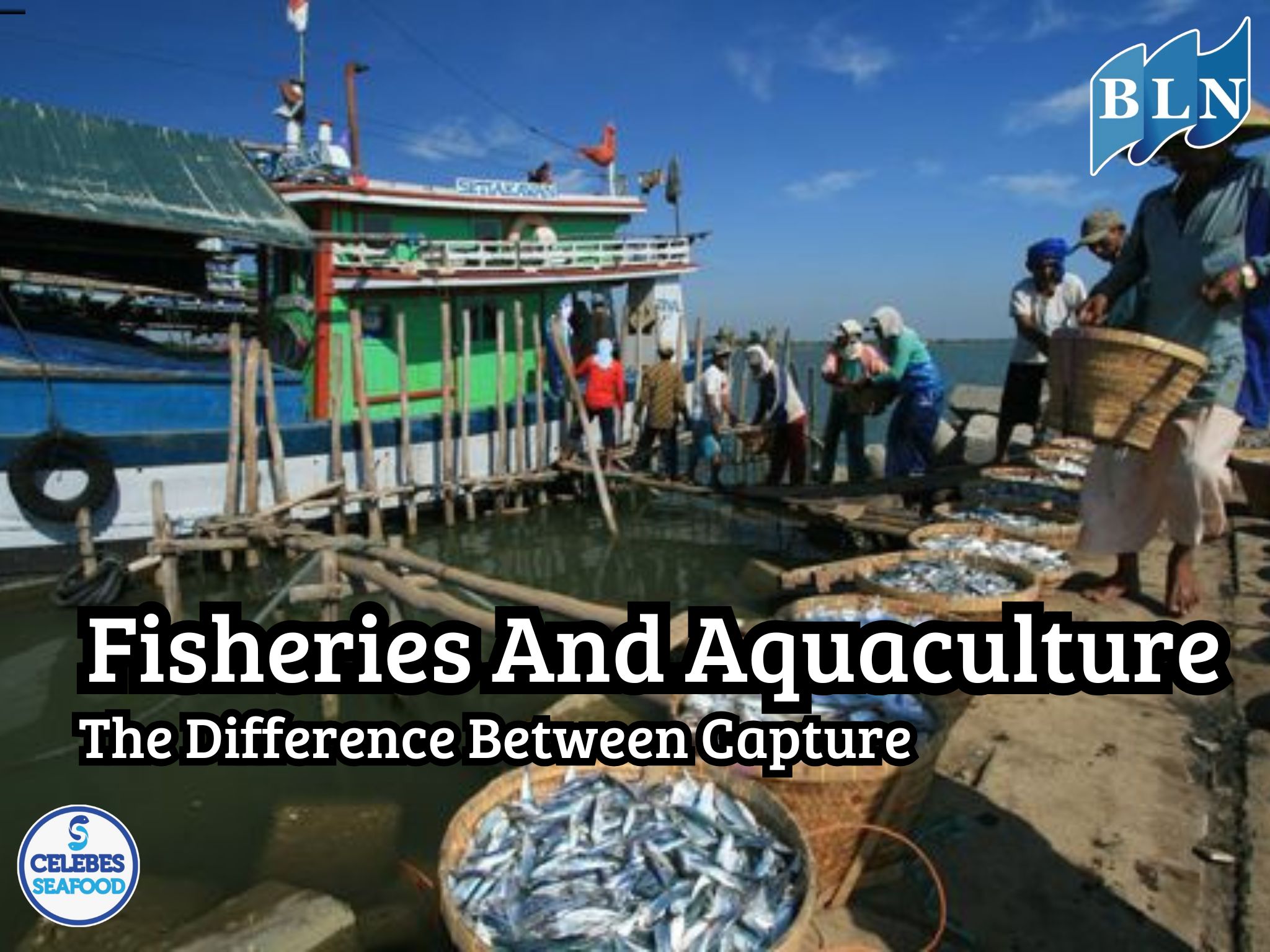
.jpg)
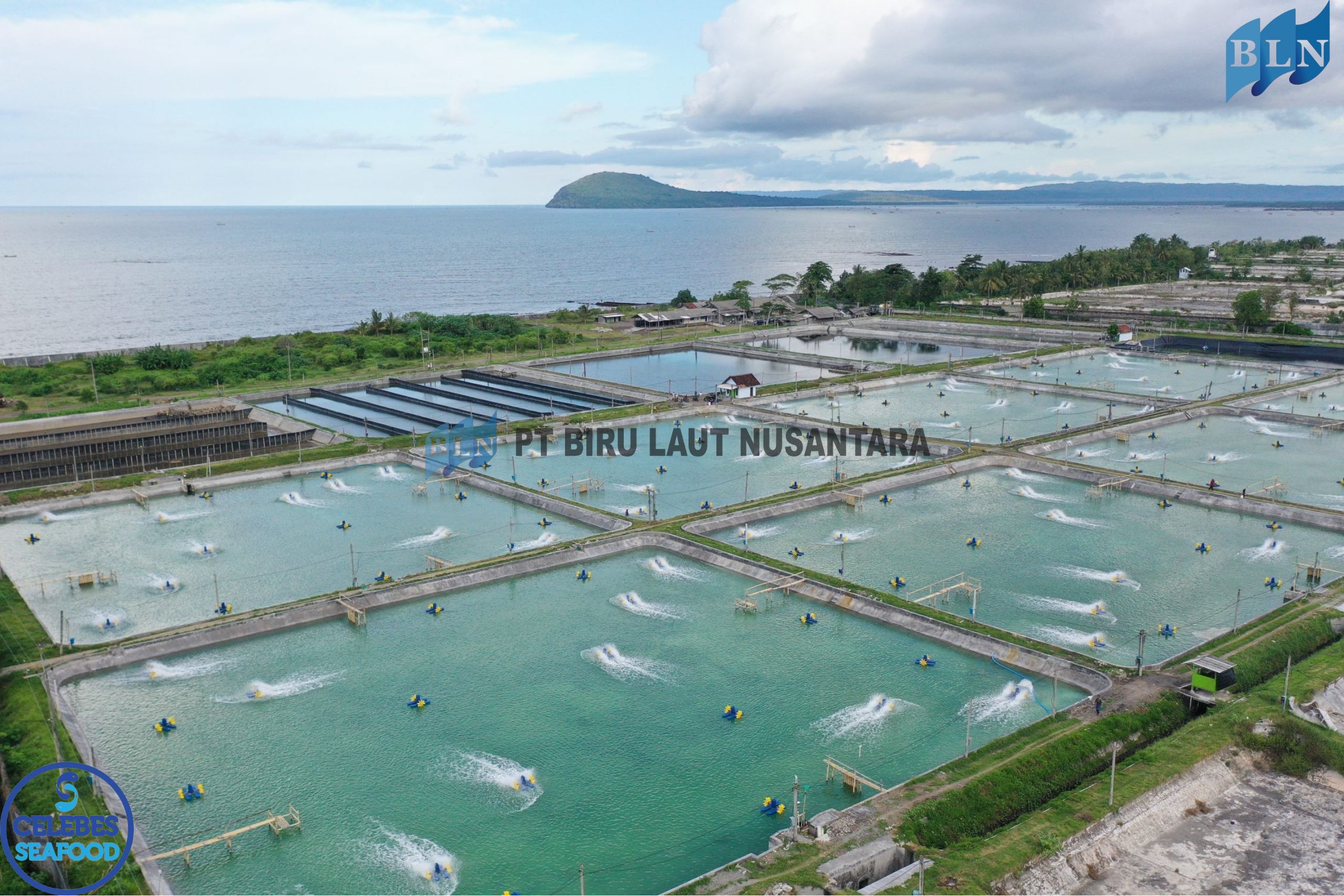
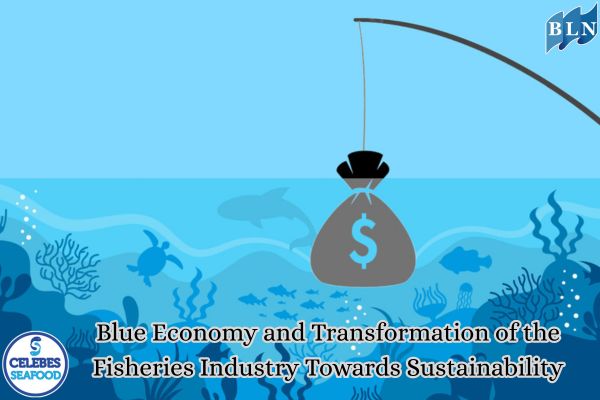
.jpg)